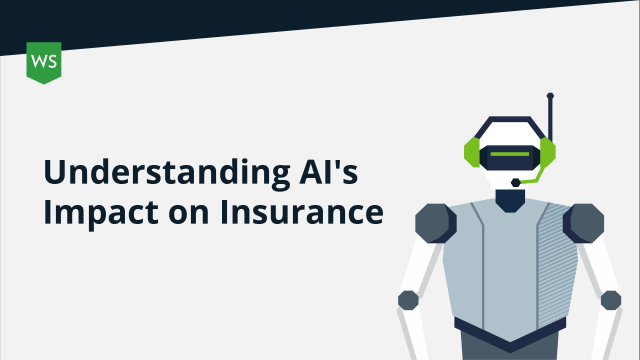Blog
State of the US Private Equity Middle Market from an Insurance Perspective – Q3 2018
The US private equity middle market space remained active in the third quarter 2018. According to Pitchbook data analysis, dealmakers in the middle market are on pace to surpass $400 billion in total transaction value for the first time ever. The potential to eclipse this milestone supports the notion there are plenty of deals across the spectrum of the middle market to be made. However, competition continues to increase across the fold, whether from new private equity firms raising funds, strategic investors moving downstream, co-investors moving downstream, or family offices gaining sophistication and competing on more direct investments.

As the core middle market private equity firms look to compete against not only other PE firms but also new entrants, buyers are looking to differentiate their bids and offer sellers innovative solutions to win deal processes.
US Private Equity Middle Market – Q3 2018 by the Numbers
According to PitchBook's "3Q 2018 US PE Middle Market Report U.S. PE breakdown" report, 2,171 deals have been completed across the United States for a total deal value of $311.7 billion. In Q3, specifically, $102.8 billion was put to work across 708 transactions. This is compared to $92.3 billion in deal value across 617 deals for the same quarter in 2017.
As mentioned, year to date, the US middle market private equity space is on track to break an historic milestone of deploying $400 billion in a single year. Q3 2018 also marks the first time more than 2,000 transactions were completed prior to entering Q4.
Also noted in the Pitchbook Q3 US MM Market Update is the median transaction size of $177 million YTD, which is slightly lower than the corresponding 2017 values.
On the exits front, YTD 2018 has witnessed US PE firms completing 609 exits totaling $134.4 billion in deal value.
US Private Equity Middle Market – Q3 2018 – Interpreting the Numbers
Several insights can be gleaned from the YTD 2018 US MM PE numbers. First, we continue to see consistently elevated multiples, indicating that buyers are still willing to pay an increased EBITDA multiple for high-quality assets across the middle market. And, these buyers can do so given record dry powder amounts. This assertion is at least partially validated by the number of deals completed YTD at the highest levels ever.
Second, it appears with multiples still at record highs, the PE buy-and-build strategy remains a core directive across the middle market, but is becoming increasingly harder to accomplish. Traditional buyout firms are having to look further downstream for add-on opportunities at more competitive prices.
Finally, high-quality assets across the middle market continue to command competitive bidding processes. With multiples near all-time highs, competition remains stiff, and sellers have multiple choices for whom to partner with on a transaction. New entrants such as family offices and co-investment vehicles continue to provide sellers with alternative options as compared to traditional PE firms.
How an M&A Insurance Advisor Can Add Value to a Competitive Transaction Process
As buyers continue to hunt for high-quality assets, an expert insurance and transactional risk advisor can provide two keys for success:
-
Transactional Risk Solutions to Differentiate a Complex Bid
Representations and warranties (R&W) insurance is now considered "table stakes" in an auction process. The R&W insurance market continues to expand with new entrants, enhanced terms/conditions, and improved timelines. While the product has become increasingly more common on transactions over $50 million in value, the solution's nuances and complexity demand an expert broker partner to negotiate and implement the program prior to and at close.
There are several other innovating transactional risk solutions gaining popularity and aiding buyers in differentiating a bid. These include complex tax indemnity, contingent liability, or environmental solutions where there may be specific indemnities and a variety of other liabilities carved out of a purchase agreement.
-
Speed and Certainty During Due Diligence
Buyers are increasingly accepting more risk and streamlining diligence processes to entice sellers. The goal is to close the deal quickly while also performing a level of due diligence that is acceptable to LPs and lenders.
A streamlined due diligence process can help give a buyer the certainty necessary to make an informed decision on an asset. It can also help them fully understand both the risk profile and expense associated with the property, casualty, and management liability exposures on a go-forward basis.
Longer term, a thorough and deep review of employee benefits programs can assist a buyer in understanding the long-term cost implications of the second largest expense a target asset typically incurs.
Contact Info
Luke Parsons
Vice President, Mergers and Acquisitions
lparsons@woodruffsawyer.com
D 415-399-6392
M 302-245-2122
Author
Table of Contents













